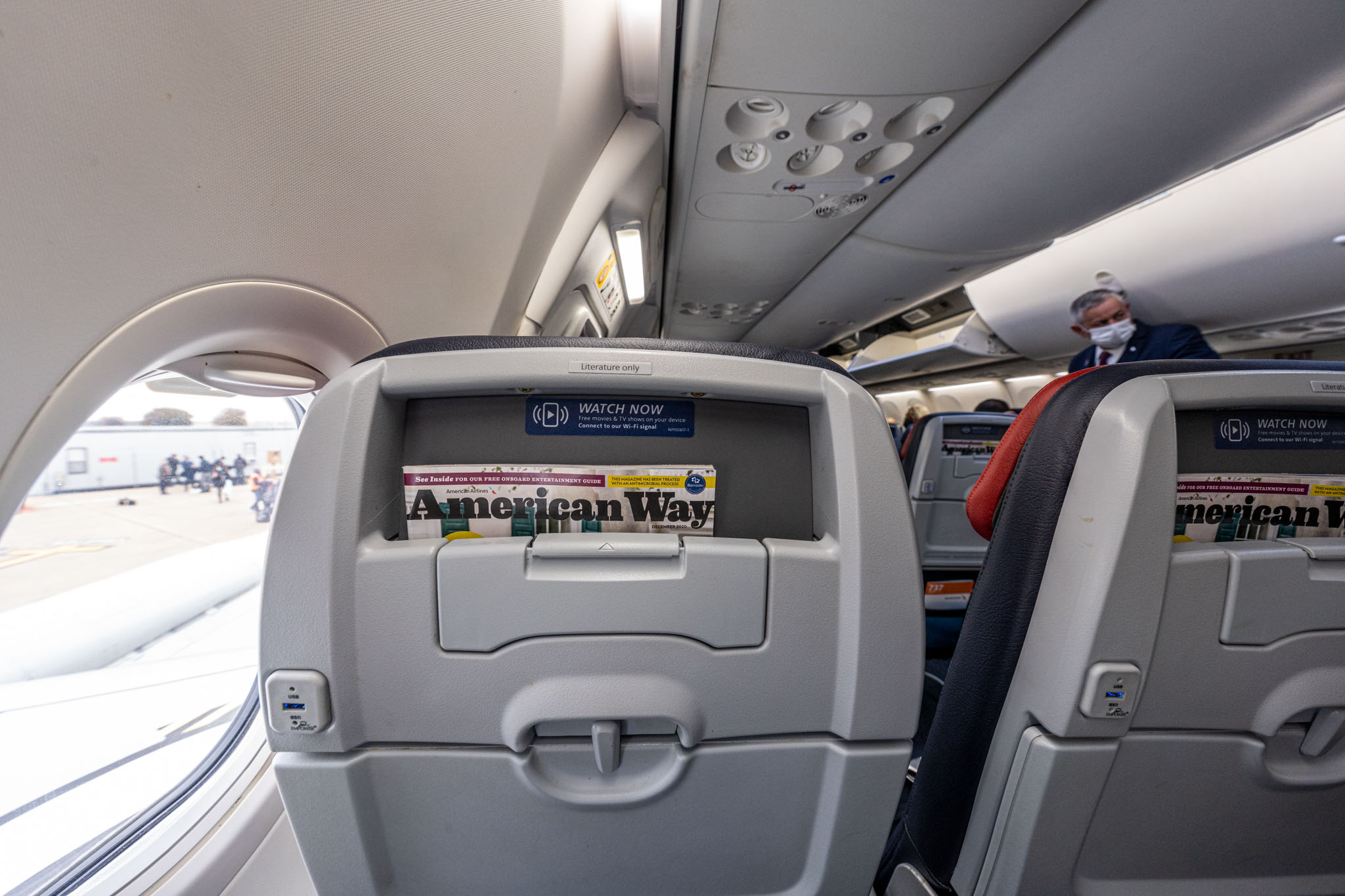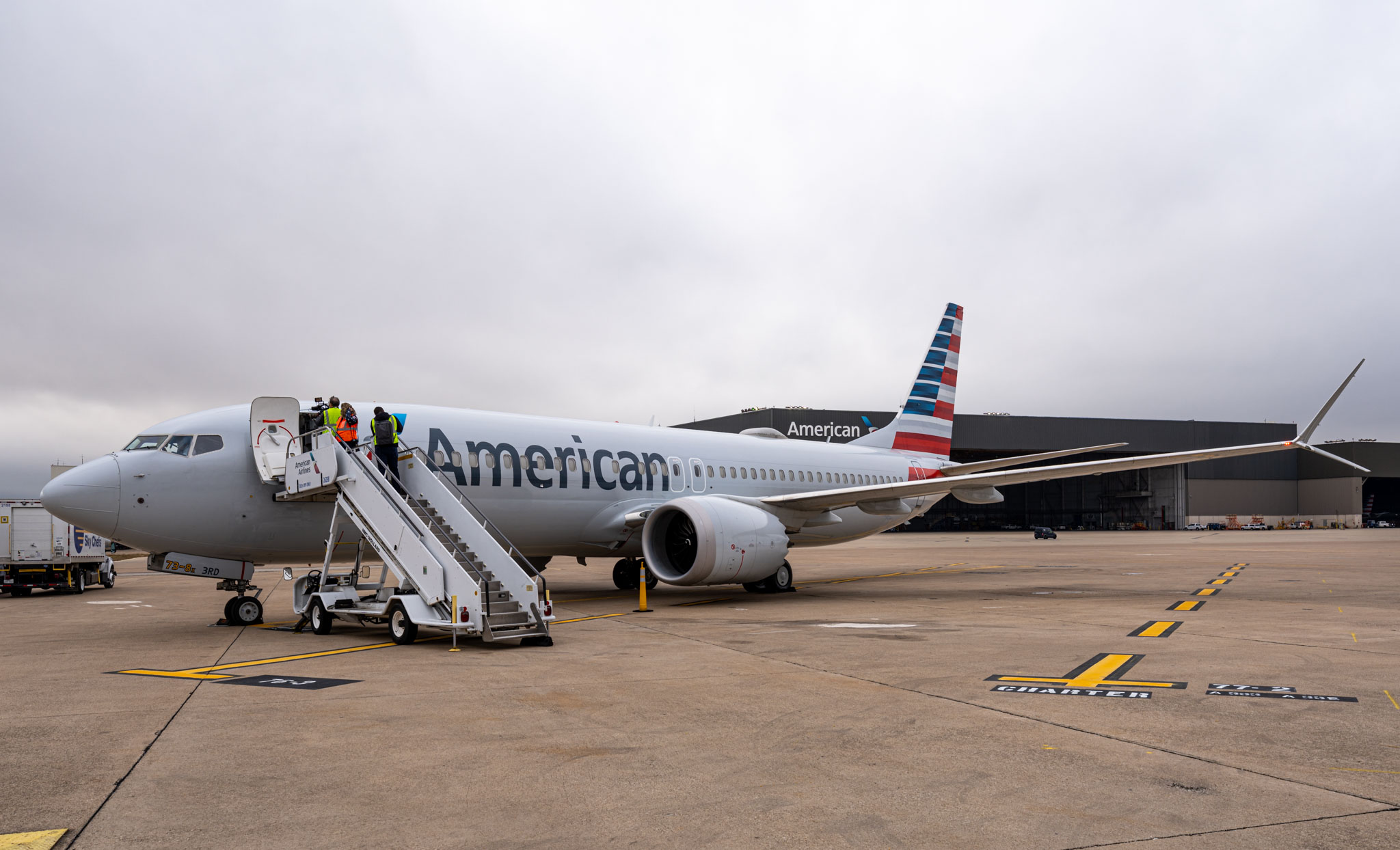If I’d have asked the customers what they wanted, they would’ve said ‘a faster horse’. – Henry Ford
Some people say, “Give the customers what they want.” But that’s not my approach. Our job is to figure out what they’re going to want before they do. – Steve Jobs
Customers will tell you what they want but show you what they’ll accept. – Andy Luten
Yes, I agree, it takes a special version of narcissism to 1) quote yourself and 2) in the same company as Steve Jobs and Henry Ford. But yolo, let’s go for it.
Aviation’s great consumer behavior experiment
The aviation industry, pre-Covid, was changing rapidly. Airlines, flush with data management tools that helped them actually dig into all the consumer data they had, were able to segment the customer and customer benefits more than ever before. To consumers, though, many of these changes seemed negative: award chart devaluations, raised status qualification standards, and smaller seats. But here’s the thing: it was actually working. Planes were full and airlines were making billions of dollars. Covid came and everything fell apart, but in the recovery we’re seeing the same sort of imbalance between consumer sentiment and how consumers actually behave.
Let’s take a look at some examples, some of which have been “proven” true and others that are still to be determined.
Seatback screens or not?
American Airlines has made an enormous bet against seatback screens. Their new “Oasis” interior, which will be the standard across their mainline narrowbody fleet, eschews seatback screens for more power outlets and seatback tablet holders, enabling customers to watch streamed in-flight entertainment on their own device. United and Alaska followed suit, and Southwest has never had seatback screens.
For an airline, this makes total sense. Seatback screens are heavy. They require a lot of maintenance and are typically out-of-date from the moment they’re installed (they take years to be certified by the FAA). They even require thick, bulky boxes underneath certain seats, which just destroyed under-seat space.
To a customer, though, it’s a big difference. Yes, there’s more leg room. Yes, there are power outlets. But a lot of times I enjoyed putting a movie on the seatback screen and still be able to check work emails on my phone. Using my own device means I can’t do that anymore, it’s one or the other and is really annoying flipping back and forth between them. My friends who have multiple kids and not multiple tablets find themselves battling the absolute anarchy in the seats next to them when the kids can’t agree on what to watch.
Delta is taking a different direction, they’re adding seatback screens to their entire fleet. Their method is a bit different: the screens will not require the hulky boxes under the seats, rather they will stream the entertainment from the on-plane network just like a customer would on their own device.
In a world where I started to think every airline was starting to look the same, it’s really interesting to see such polar opposite strategies being adopted by the big carriers. American has made their bet and Delta has made theirs. It’s not about what the customers will say, it’s what they will do.
My prediction: American, United, and Alaska frequent flyers will complain about the new interior but they’ll still fly it, even in a situation where another airline flies the same route and has seatback screens (DFW-LGA, for example, is operated by American, with no seatback screens, and Delta, whose A220 has them). The drug of frequent flyer benefits is a strong one, as is the inertia of flying the same airline over and over again.
Now, let’s look at some consumer behavior things we’re seeing in the midst of the pandemic.
Do passengers actually care about blocking middle seats?
“I CANNOT BELIEVE AMERICAN AIRLINES ISN’T BLOCKING MIDDLE SEATS” – most of my Facebook feed last summer
“DELTA IS THE BEST FOR BLOCKING MIDDLE SEATS ON THEIR FLIGHTS” – also most of my Facebook feed last summer
This is something that never really moved the needle for me either way. I don’t think social distancing is possible during the flight experience. From the check-in area to security to the jetbridge to the plane itself to the baggage claim, you’re going to be closer than 6 feet to plenty of people, it’s inevitable. I think the mask mandates are the right move and represent a typical passenger’s lowest risk. Please note that I’m not getting into the debate of whether or not people should be traveling right now, that’s their choice and I hope they take in all the information available to them and make an informed decision, whether I agree with it or not.
As of today, the only US airline still blocking middle seats is Delta, who has committed to do so through March 30, 2021
But did people stop flying airlines that weren’t blocking middle seats? It really doesn’t look like it. I pulled some load factor data from the Bureau of Transportation Statistics to do some analysis. Load factor is basically the amount of seats filled versus total seats possible to fill on a flight, across the an airline’s entire network (it’s usually split between domestic and international).
Let’s look at a domestic load factor comparison for American and Delta, through October 2020 (the most recent data available from BTS):
| American | Delta | |
| January | 82.85 | 82.17 |
| February | 83.57 | 84.34 |
| March | 51.87 | 51.83 |
| April | 15.56 | 17.05 |
| May | 47.71 | 36.82 |
| June | 68.95 | 48.76 |
| July | 58.38 | 42.24 |
| August | 58.89 | 41.93 |
| September | 72.09 | 45.56 |
| October | 76.56 | 46.36 |
Ok so they were tracking evenly January and February, and their collapse in March tracked closely and even into April. Their recovery, though, was different. And the numbers above don’t really tell the full story either. Delta was blocking middle seats and American wasn’t, and Delta’s middle seats were not subtracted from their available seat metric, so of course American’s load factor was going to be higher. So let’s look at percentage of growth to tell a better story.
| American | Delta | |||
| January | 82.85 | 82.17 | ||
| February | 83.57 | 1% | 84.34 | 2% |
| March | 51.87 | -32% | 51.83 | -33% |
| April | 15.56 | -36% | 17.05 | -35% |
| May | 47.71 | 32% | 36.82 | 20% |
| June | 68.95 | 21% | 48.76 | 12% |
| July | 58.38 | -11% | 42.24 | -7% |
| August | 58.89 | 1% | 41.93 | 0% |
| September | 72.09 | 13% | 45.56 | 4% |
| October | 76.56 | 4% | 46.36 | 1% |
American’s load factor recovered faster than Delta’s, despite not blocking their middle seats. Now, before you attack me in the comments, I know there are many factors that could’ve affected this as well (induced demand, routes, weather, etc.), but I do think load factor percentage increase/decrease represents a difference in customer sentiment versus actual customer behavior.
Sure, customers may have said they wouldn’t fly an airline that wasn’t blocking middle seats…but the data seems to show they still did anyway.
Are people actually refusing to fly on the Boeing 737 MAX?
I was lucky enough to be invited to cover American’s reintroduction of their 737 MAX into revenue passenger service, joining a slew of journalists on the first non-airline passenger flight, to American’s maintenance base at Tulsa International Airport. You can read about my experience here. During the event, American COO David Seymour said explicitly, “if any customer does not feel safe flying the 737 MAX, they won’t have to.” American had announced the policy backing up his statement the day before.
A friend of mine owned and operated some transportation businesses across the southern US (basically he ran a bunch of Yellow Taxi franchises). He set up a program in one of his cities where if anyone at a bar didn’t feel safe driving home, the bartender could call his taxi company, put the bar patron’s keys in an envelope, and the taxi ride home would be free. It was a great program and was well-received in the community. I asked him how many rides he had to cover.
“Three.” It had sounded great and you’d think many would take advantage of it, but the reality was just different.
When the FAA and EASA announced they would be certifying the 737 Max for flight, the social medias were overladen with plenty of all caps exclamations sounding a lot like “I DON’T CARE WHAT ANY GOVERNMENT SAYS I’M NEVER SETTING FOOT ON A 737 MAX AGAIN” and the like.
I asked an American spokesperson the other day if they had noticed an enormous amount of rebookings, having a hunch that not many customers would actually go through with it. She replied with the following statement,
“Bookings on the MAX are comparable to other aircraft, and we aren’t seeing data to suggest customers don’t want to fly the aircraft.”
I truly don’t think customers are rebooking away from the MAX very often, if at all (just like my buddy’s program). It’s easy to make grandiose statements on Facebook, but harder to actually rebook that nonstop flight back home that fit your schedule perfectly.
What does all of this mean?
Honestly, I just think it’s interesting. Pre-Covid it really seemed like the Big Three airlines here in the USA were basically the same airline with different logos. We’re starting to see some very significant differences between them now, and I’m fascinated to see what we learn from it. There seems to be an inevitability to certain types of consumer behavior, and it’s kinda creepy sometimes to realize that a company has a pretty good idea of what you’ll do instead of what you say you’ll do.
I’m constantly mindful of the information that’s being shared about me online and that there are billions of dollars invested in machine-learning algorithms to predict what I will do next (which product I’ll buy next and when I’ll buy it) based on my history. Humans are largely creatures of habit, many times without even realizing it. You all know how often I’ve kvetched about American’s AAdvantage program devaluations. Heck, my article about losing my Executive Platinum status and how I couldn’t be happier about it is one of the Top 10 most viewed posts of all-time on here. Yet I once again have Executive Platinum status and still search American before most other airlines.
So ultimately will time prove the airlines right? I think it already has, and will soon again with the removal of seatback screens. It’s all about finding the exact point where the airline drastically lowers its costs and, though customers might say they’re not happy about the change, still retains their customers.






For all those with business or psychology degrees, this post is a near-perfect illustration of the difference between espoused and enacted values.
I’ve been trying to book ON the MAX for some inter Mexico flights.
The flying public has no idea what they are on, nor do they care.
But, at least the media got to write a ton of scary headlines about nothing…
I have to confess that flying on a crowded Southwest Airline with every seat filled made me nervous, I know all about the hepafilters and the airflow, but does that still work when you are sitting delayed at a gate for 2 hours, making the short flight much longer. However, will I fly Southwest again? yes. I can go from small airport to small airport, save money, and see my family frequently, so crowded or not, I choose Southwest Airlines.